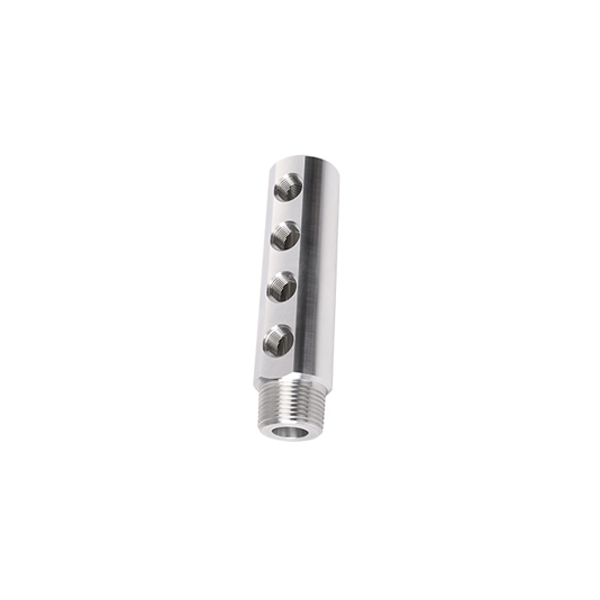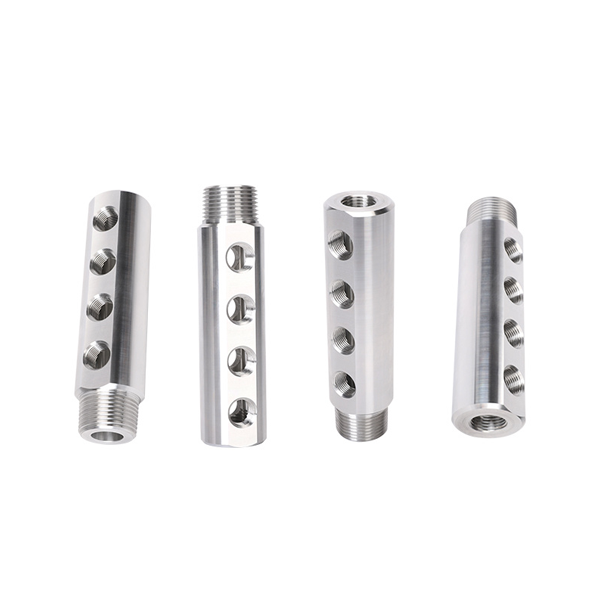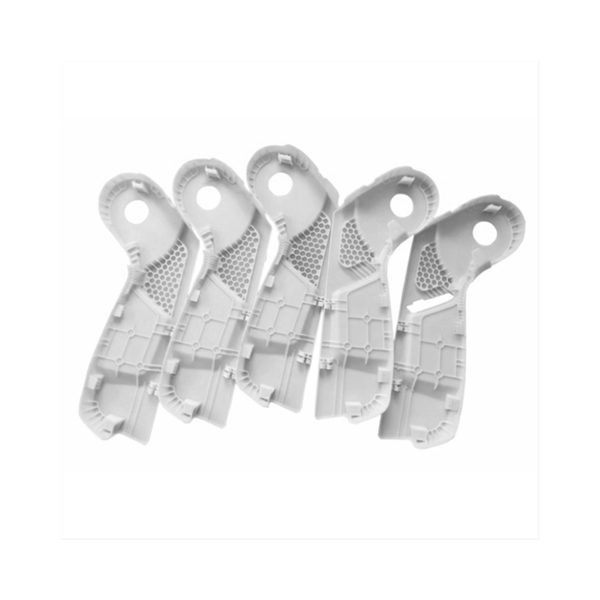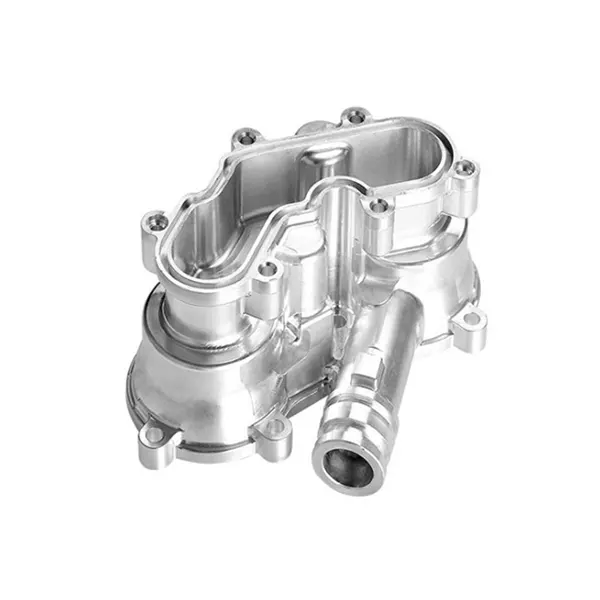GD Prototyping

Small Batch Fabrication Parts
-
Batch Size: 5 pieces to several thousand units
-
Materials: Aluminum, stainless steel, titanium, plastics, composites
-
Processes: CNC machining, sheet metal forming, laser cutting, welding, 3D printing, casting
-
Tolerances: Up to ±0.005 mm depending on process
-
Surface Finishes: Anodizing, powder coating, polishing, painting, plating
-
Lead Times: Short turnaround with scalable options
- Description
- Specification
- Application
- FAQS
Small batch fabrication is a production method focused on making goods in limited quantities. It offers greater flexibility than mass production and helps you meet changing market or design requirements more easily. By using this method, you can quickly produce functional parts without committing to full-scale tooling or large inventories.
One of the main advantages is customization. You can easily adjust the design, material, or surface treatment between runs. This makes small batch fabrication parts useful for prototypes, trial products, and low-volume releases where specific details matter.
The process also helps reduce storage needs. Instead of producing thousands of units at once, you manufacture only what’s needed. This reduces the risk of excess inventory and lowers upfront costs. It also allows you to respond faster to customer feedback or market shifts.
You can use a variety of techniques to produce these parts, such as CNC machining, 3D printing, or sheet metal forming. These processes support precision and consistency, even at lower volumes. As a result, you can maintain part quality while staying efficient with time and resources.
Small batch fabrication parts are ideal for industries with short product lifecycles, frequent updates, or niche demands. Startups and R&D teams often rely on this approach to test new ideas without high financial risk. You can make changes quickly and continue refining your product between production cycles.
This method also works well for custom orders or limited-edition products. Instead of using fixed molds or long setup times, you can shift between jobs with minimal delay. That means less downtime and more control over your schedule.
| Parameter | Value / Description |
|---|---|
| Fabrication Methods | Laser cutting, bending, stamping, welding, tapping, PEM insertion, assembly |
| Tolerance Range | ±0.1 mm – ±0.3 mm (depending on geometry and method) |
- Electronics Enclosures:Custom housings, control boxes, and rack-mounted units for testing or pilot production.
- Industrial Equipment:Brackets, panels, and structural supports used in machinery or production setups.
- Automotive & Transportation:Custom mounts, sheet metal frames, and low-volume replacement components.
- Medical Devices:Equipment covers, precision-cut panels, and hardware mounts in small production runs.
- Consumer Products:Custom metal parts for appliances, tools, or product prototypes.
- Aerospace & Defense:Lightweight aluminum or stainless steel parts for test rigs, mounts, or assemblies.
- Prototyping & Pilot Runs:Early-stage product evaluation with real materials and functional fit.
- Architecture & Fixtures:Custom signage, lighting frames, and decorative metalwork for commercial spaces.
1. What is small batch sheet metal fabrication?
It refers to producing metal parts in low quantities (typically 1–500 pcs) using processes like laser cutting, bending, and welding—ideal for prototyping or custom production.
2. What materials are available?
Common materials include aluminum, stainless steel, cold-rolled steel, galvanized steel, brass, and copper.
3. What is the typical lead time?
Generally 5–15 working days, depending on part complexity, material, and surface finish requirements.
4. What fabrication processes are used?
Processes include laser cutting, punching, CNC bending, welding, PEM inserts, spot welding, and surface treatments.
5. Can I request special finishes?
Yes. Options include powder coating, anodizing, plating, brushing, sandblasting, and custom colors.











